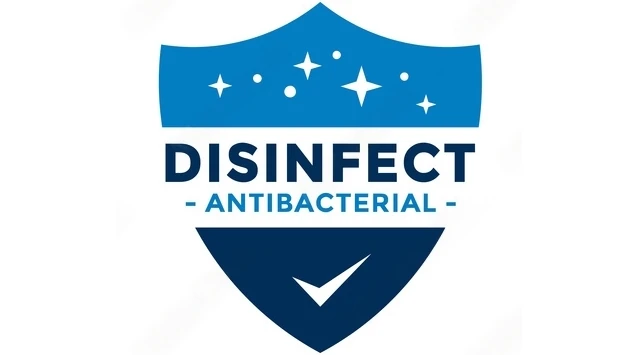Are We Really Sure It's Clean?
June 25, 2022
JUN
Is seeing a nice white sheet with the naked eye enough to indicate how clean it really is? Is it sufficient?
Let's try to better understand, in the case of sheets, what are the main causes of dirt.
The dirt that can accumulate on a bed sheet can consist of a variety of elements, depending on the use of the sheet and the environment in which it is located. Some of the common components of dirt on sheets include:
1. Skin cells: The human skin continues to shed small amounts of dead cells every day, and these cells can accumulate on sheets with regular use.
2. Sweat: During sleep, a person may sweat, and sweat can contain salts, oils, and other substances that can remain on the sheet.
3. Body oils: The skin naturally produces oils that can transfer to sheet fabrics.
4. Lint and hair: Body hair and small lint from clothing can end up on the sheet.
5. Bacteria and germs: The sheet can easily accumulate bacteria, viruses, fungi, and germs from the body or the environment (such as mites).
6. Food residues: If food is consumed in bed, residues can fall on the sheet.
7. Traces of makeup or cosmetics: If a person applied makeup before going to bed, small traces of makeup or cosmetics can transfer to the sheet.
8. Environmental dust: Dust from the surrounding environment can settle on the sheets.
What we can visually notice are the presence of stains (cosmetics, food), lint, oils, and grease in some cases. What we certainly cannot detect are the presence of bacteria, mites, microorganisms in general, and sometimes salts and oils or protein and fat residues.
What may appear to you as a clean sheet with the naked eye may not be clean at all.
Washing at temperatures above 60 degrees is highly effective against microorganisms but has the disadvantage of damaging fabrics, especially after multiple washes.
Washing with ozone dissolved in water reduces bacterial and viral load, such as the presence of microorganisms (such as mites commonly found on sheets), and allows for washing at lower temperatures for the quality and good preservation of your items even after many washes.
Ozone is a molecule composed of 3 oxygen atoms (o3) and is one of the most powerful oxidants available in nature. It is 99.9% effective against viruses, fungi, bacteria, and other pathogenic microorganisms. It is not toxic to the environment because it is highly unstable and transforms back into oxygen after a few minutes. Its instability makes it a non-transportable gas; it must be produced directly at the location of its use.
Ester Barkovic